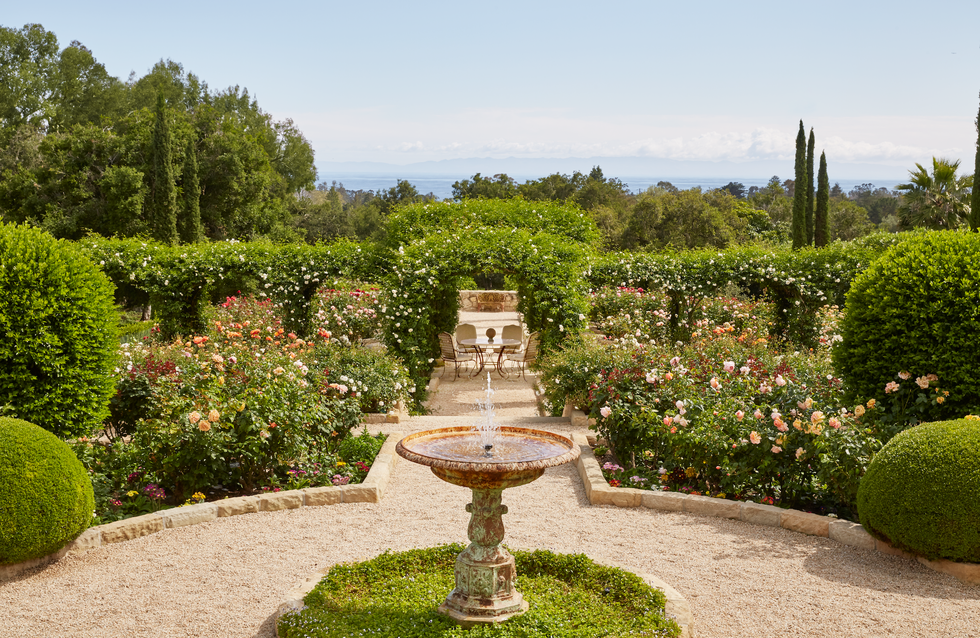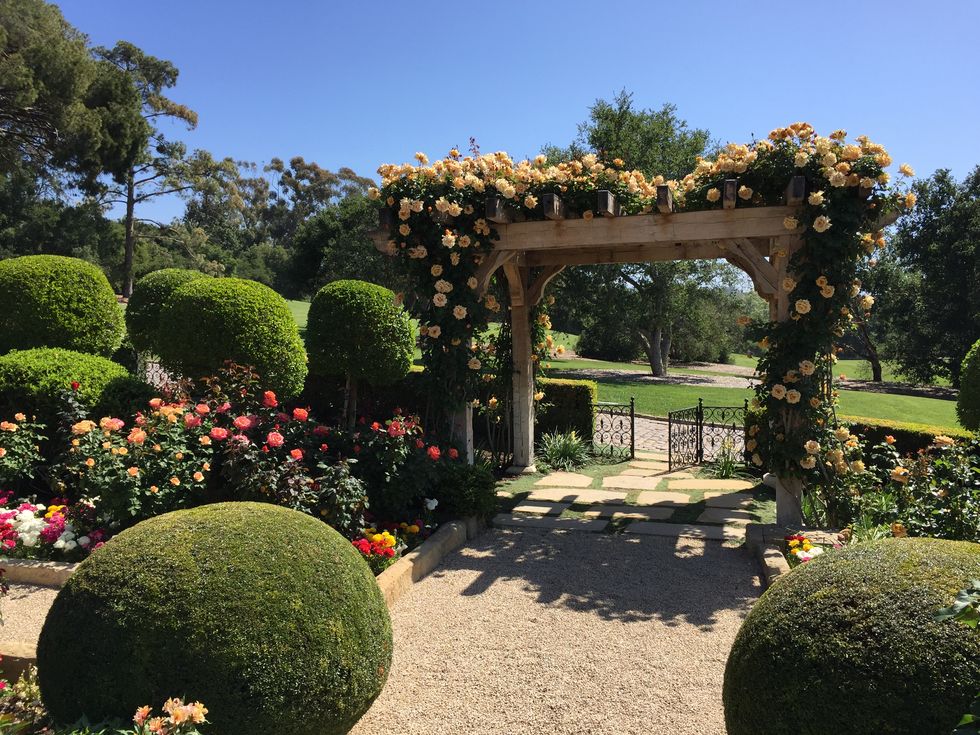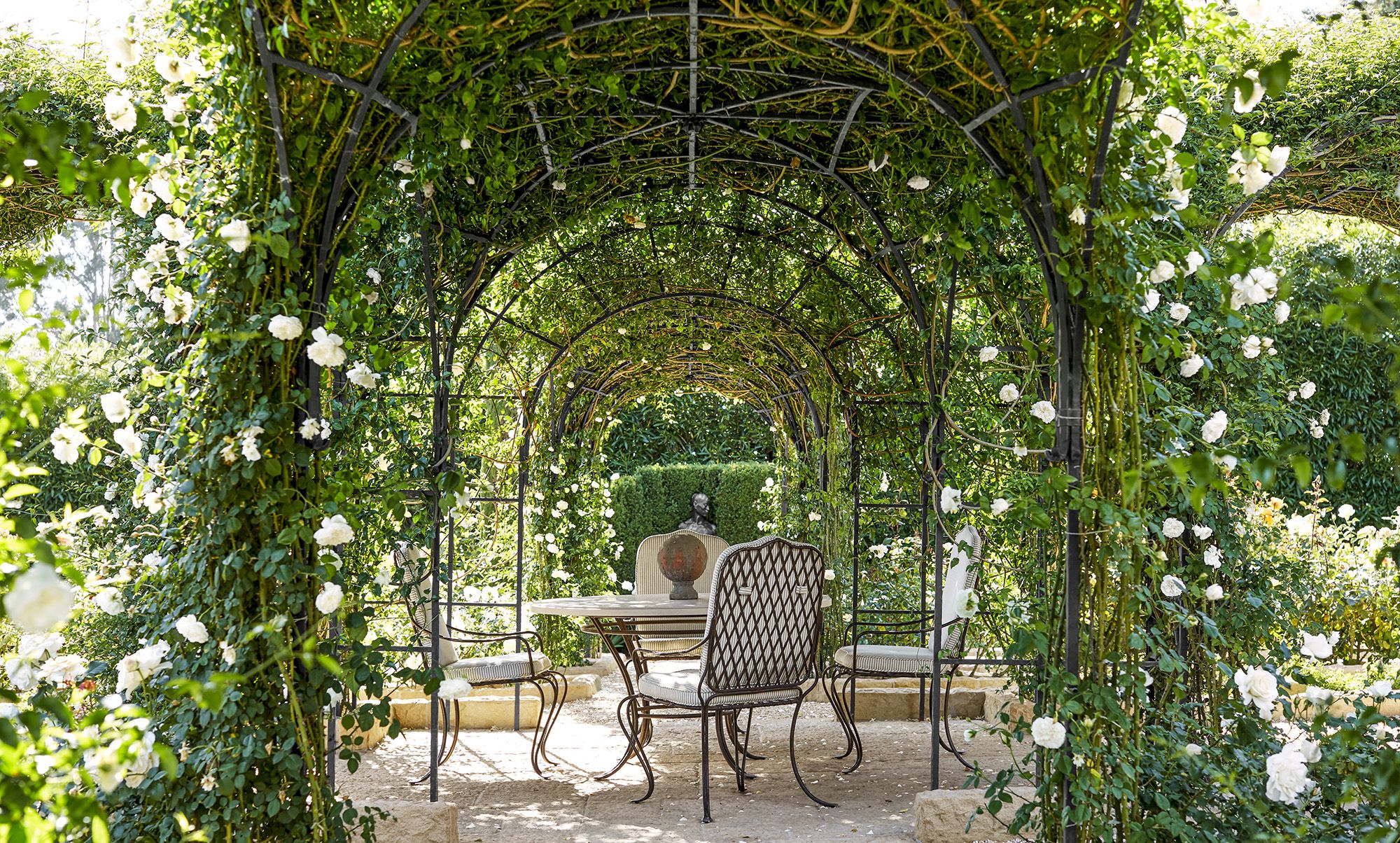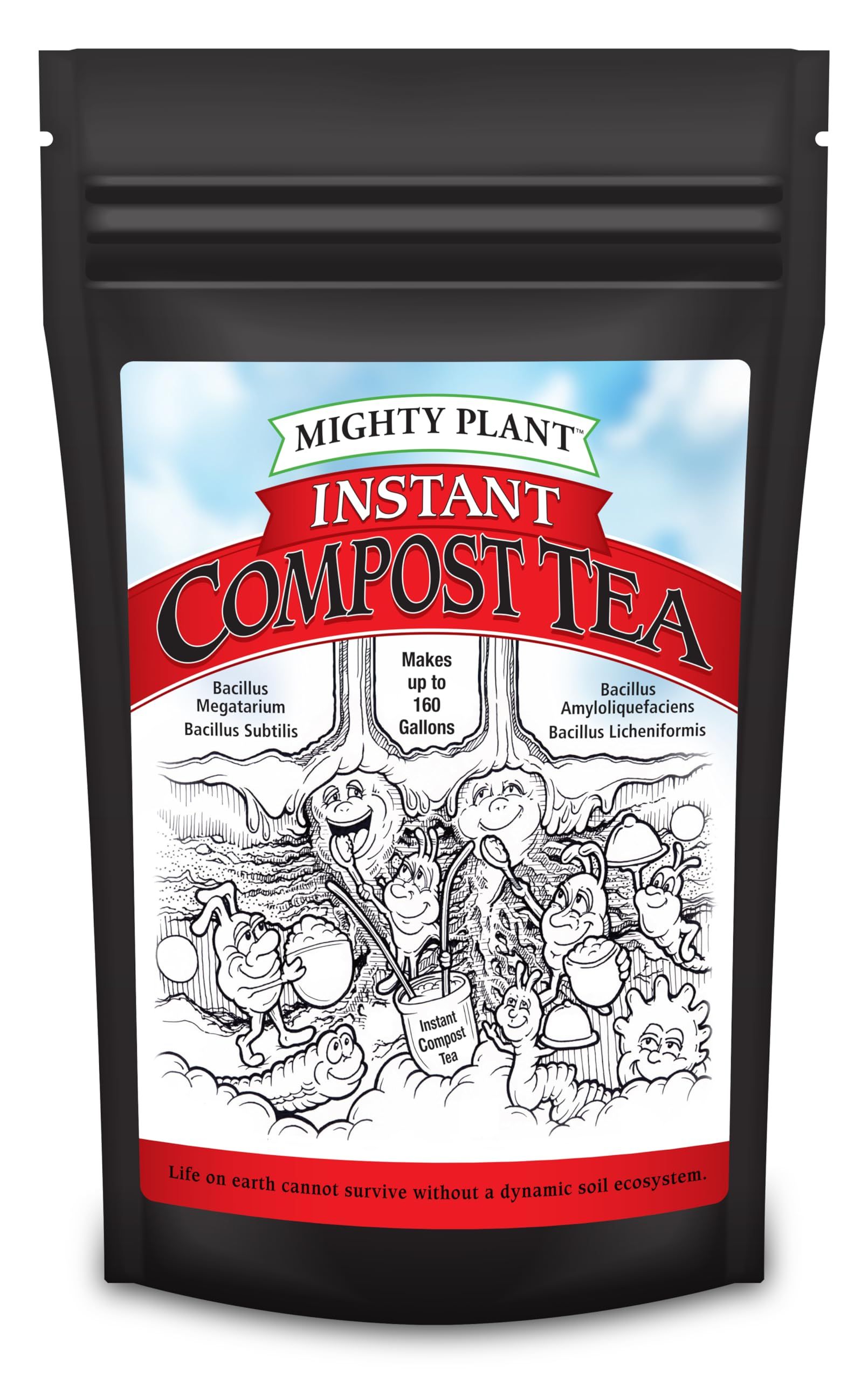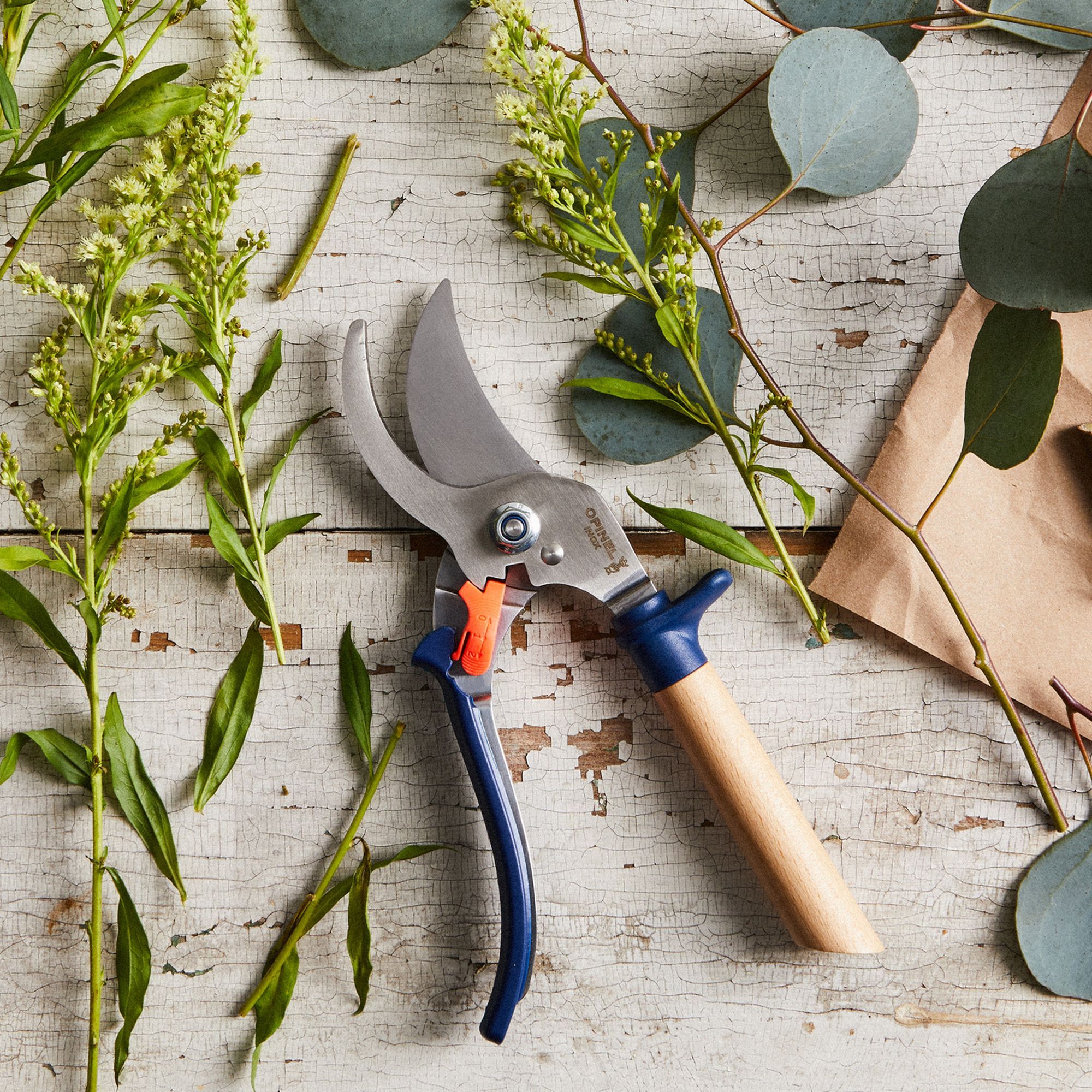Dan Bifano’s love affair with roses began at just six years old, long before he became a rose gardener for celebrities like Barbara Streisand, Tom Ford, and Oprah Winfrey (whose rose garden was featured in a former issue of VERANDA). His family had just purchased a house in Montecito, California, that previously belonged to a retired botanist from the University of Southern California, who had used every inch of outdoor space to create fantastical gardens. Bifano’s family moved to this sunny Southern California retreat from the East Coast, and he had never seen such impeccable gardens. Bifano fell particularly in love with one of the home’s gardens that was filled with 100 roses, and a true passion was born.
Today, the world-renowned master rosarian consults for high-profile clients looking to create enchanting rose gardens of their own. While he is fortunate to live in a destination where roses thrive 9 to 10 months out of the year, he believes anyone can grow roses of their own if they are willing to provide them the care they need.
“I think roses are more rewarding than almost any other plant because you can grow beautiful azaleas here, but they are gone in weeks, and my wisteria is in bloom right now but for a short period, so why not grow roses then?” says Bifano. “They aren’t hard to grow. It’s all about where you put them, preparing your garden properly, and giving them what they like to grow, and you’ll have roses for decades.” Here, Bifano offers his best tips for achieving just that.
How to Grow and Care for Roses
Growing and cultivating a rose garden is all in the prep work.
Bifano says that for many years, he insisted on opting for bare-root roses over container roses, getting them in early January so they had plenty of time to establish a good root system before blooming. However, living near one of the largest rose growers in the country has made him fonder of paying a little extra for roses in pots to plant in late winter or early spring to have a beautiful garden by summer.
“One of the biggest mistakes people make is growing roses where they don’t want to be,” says Bifano. “You may see in a catalog that a variety can take some shade, but that’s not ideal for any of them. Roses like full sun, and why not put them in the ideal spot instead of an okay one? The number one rule for me is: Wherever you put them, put them in an area with great sun and great air circulation. It’s all about location.”
Location isn’t just about sun exposure for Bifano, though. Location is also about an area where the soil and ground around your roses has been properly prepared. He says the secrets to great roses aren’t secrets at all. Sun exposure, good drainage and air circulation, great soil, and the ability to have them well-watered will reward you with beautiful blooms.
Opt for modern rose varieties for your best chance at success.
“Steer away from the varieties your grandma grew,” says Bifano. “One of the best things I can tell you is to do your research and purchase roses that have been purchased more recently—in the last 10 or so years. They are becoming more fragrant and hybridized for disease resistance.”
Bifano explains that as gardening has slipped away as the number one pastime in America in light of screens and streaming services, hybridizers have really listened to the desires and needs of the public to create new varieties that are easy to grow and maintain to keep people interested. He cites Tom Carruth, Christian Beddard, and the House of Meilland as several companies that make exciting offerings that are easy to grow, produce beautiful blooms, and fit easily into the landscape.
Roses enjoy tea time and happy hour, too.
Bifano is famous across Southern California for his rose “cocktail” to keep the blooms at their best. He combines alfalfa meal, chicken manure, worm castings, cottonseed meal, and fish meal to offer well-rounded nutrition to his blooms.
“Locally, people know that the ‘Dan Bifano cocktail’ is available at Farm Supply in Santa Barbara, and I use it on my gardens in spring and in fall because we have a long period of blooms,” he says. “It’s an all-organic mix that goes into the soil and feeds it, which turns around and produces beneficials, like earthworms that end up feeding the roses. That’s my number one fertilizer, as it’s slow-release and lasts a long time.” He says you can’t go wrong when making your own, unless the ingredients are too salty or hot, and you can place a portion of your mixture around each rose and then cover them with a fine, dark mulch or a great compost to score master-rosarian-level blooms.
Bifano is also known for his “compost tea” that he feeds his rose garden in the warmer months. He applies a mixture of aerated, live compost materials weekly throughout his rose garden in the mid-t0-late spring. He supplements with anything “liquid or granular that’s organic” as often as it feels possible for him in the summertime.
Read your roses to know how to prune them.
“I’ll see someone occasionally in Santa Barbara who has pruned down their rose bushes to four or eight inches, and I think that they must be from Detroit,” Bifano says. “Roses in other areas have to be winter-protected and have a lot of dieback, but where we live, roses have a hard time actually being dormant. You need to figure out what yours need for the area you live in.”
Bifano advises “reading your roses” to determine the height they need to be in your particular region. He says if you have a tall rose, like a Queen Elizabeth, be sure to prune high so they don’t expend all their energy to get back tall again, and be sure to keep roses that naturally grow shorter pruned low so they can best obtain the nutrients they need.
“I don’t usually need to prune low; I prune what I consider to be high,” he says. “I usually prune three to four feet high on a single cane that doesn’t have too many laterals, removing as much old and non-productive growth as I can to make room for new, strong growth.”
Take advantage of local expertise to choose the right roses for your garden.
Bifano is involved with many public gardens and rose societies, and says that those seeking advice on which varieties to grow in their particular area should seek out local garden or rose society chapters and public gardens.
“In most of the country, there are American Rose Society chapters locally, so I would see if you have a society in your area. They would love to bring you in and teach you all about roses,” he says. “Go to a local rose garden and see what does well there. If it’s doing well in a public garden, it will do well in your home, because you’ll be able to give them more attention. Seeking out local options will help you figure out the best roses for your home.”

Lauren Wicks is a freelance writer and editor based in Birmingham, Alabama. Before going on her own, Lauren worked for brands such as VERANDA, EatingWell, and Cooking Light, and she covers all things lifestyle from interior design and luxury travel to wine and wellness.
